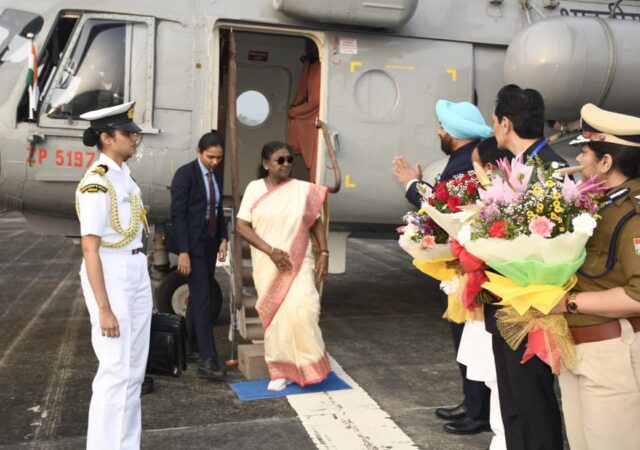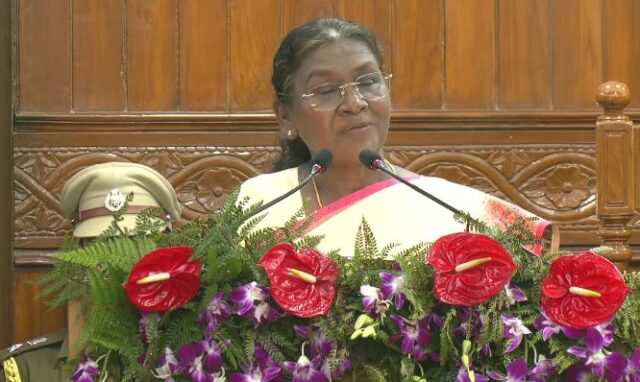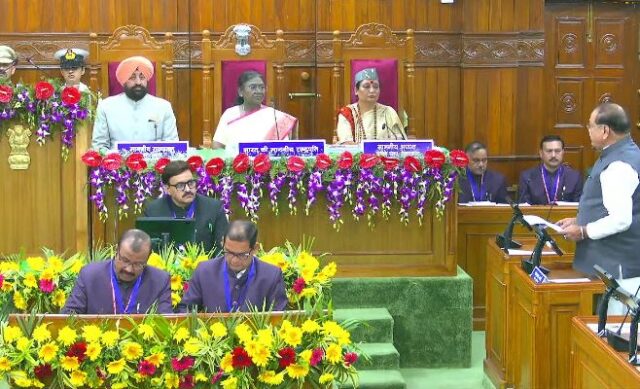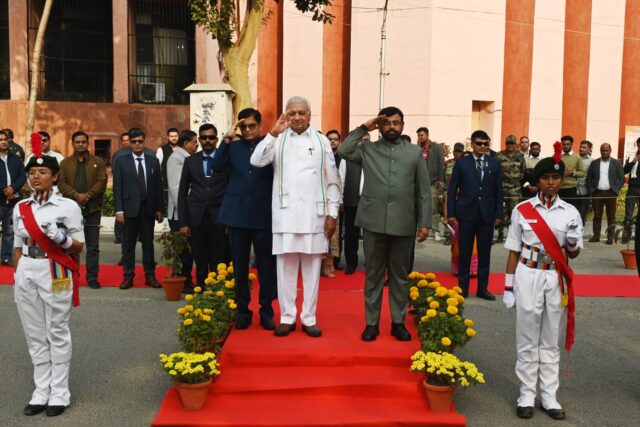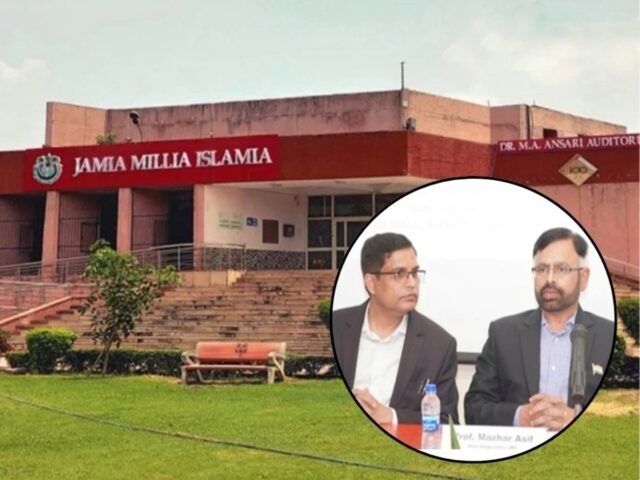As soon as Champai Soren’s government was formed, the Center was kind to Jharkhand, gave a gift of crores of rupees.
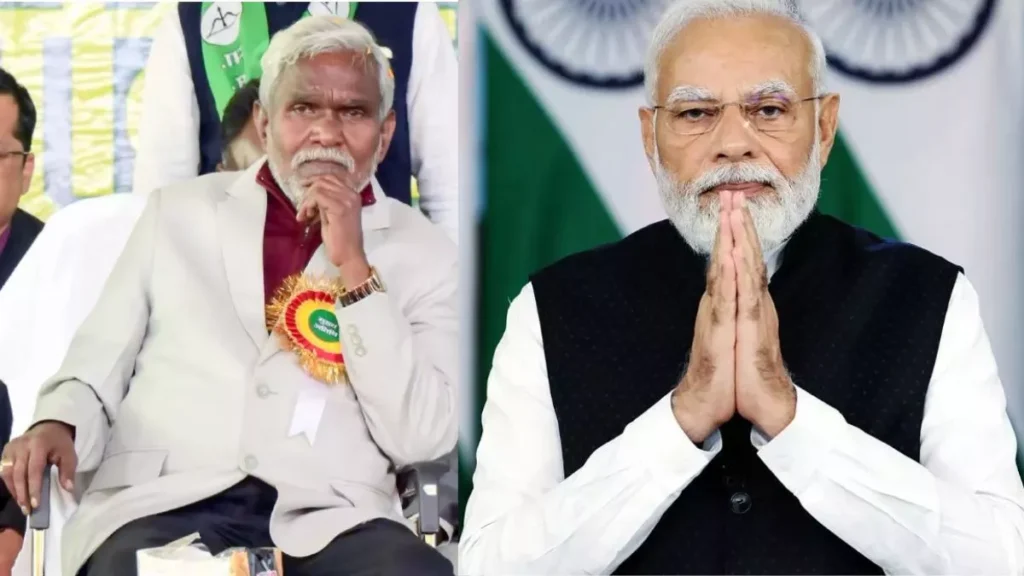
Under the Samagra Shiksha Abhiyan, a budget of about Rs 2,330 crore has been approved for the financial year 2024-25. This budget for Jharkhand was approved in the meeting of the Program Approval Board of the Union Ministry of Education in New Delhi.
In this, 60 percent amount will be given by the Central Government, while 40 percent amount will have to be given by the State Government. It was also said in the meeting that based on the expenditure incurred till March in the current financial year, there will be a spill over of the remaining amount i.e. the said amount can be spent in 2024-25. For this the state government will have to submit a separate proposal.
Approval of vocational education in 61 new schools
In the PAB meeting, approval was given for vocational education in 61 new schools. This will continue in schools where vocational education programs are running. At the same time, approval was given to start Bal Vatika (Pre Primary) education in 600 other schools.
Benches, desks and sports material suitable for small children will be purchased in these schools. Besides, painting of information necessary for the learning of small children will be done on the walls of classrooms and schools. In the budget of Samagra Shiksha Abhiyan for the financial year 2024-25, funds have been approved for all those programs and schemes which are already running.
Approval of honorarium to para teachers, BRP-CRP
These include free books, uniforms, school kits etc. for children of classes one to eight. The honorarium of para teachers, BRP-CRP and other project workers has been approved, but there has been no increase in it. No proposal was sent by the state government for the construction of new schools.
In the meeting, officials of the Union Education Ministry gave instructions to speed up various programs and strictly follow the financial guidelines in running the programs. Also, emphasis was laid on paying special attention and regular monitoring in the districts where absenteeism of children is low and drop out is high.

